Dorset Council is pressing ahead with its plan to introduce more 20 mph speed limits and zones across the county, in a move designed to make roads safer and communities more livable.
The programme, which follows the adoption of a 20 mph policy in 2022, has gathered momentum thanks to support from parish and town councils. This month and next, several new areas will see speed limits reduced from 30 mph to 20 mph, while more communities are being lined up for changes later this year and into 2026.
Among the first to benefit are Child Okeford and Winterborne Kingston, where new signs are scheduled to go up in mid to late September. Later in the autumn, the reduced limits will extend to Cheselbourne, Okeford Fitzpaine, and parts of Wimborne including Allenview Road and Burts Hill. A further wave of requests is already in the pipeline, with applications under consideration for Beaminster, Yetminster, Ryme Intrinseca, Sandy Lane and Victory Oak (St Leonards), Gillingham, Briantspuddle, Upton, Pymore, Lyme Regis, and Milborne St Andrew.
The council says the aim is simple: to make roads safer for pedestrians, cyclists, and other vulnerable road users by slowing down traffic in built-up and residential areas. The scheme is also being promoted as a way to encourage walking and cycling, reduce noise, and improve quality of life in villages and towns that have struggled with fast-moving vehicles on narrow roads.
The process begins with requests from local ward members or parish and town councils, which are then assessed against a set of criteria including average vehicle speeds, accident history, pedestrian and cycle activity, and the degree of local support. If a proposal meets the standards, Dorset Council undertakes a public consultation before introducing a Traffic Regulation Order to make the new speed limit official.
Funding comes mainly from the council’s Local Transport Plan budget, though more expensive schemes that require traffic-calming measures may need extra backing from town or parish councils. Many of the first wave of projects involve only signage and road markings, making them relatively quick and affordable to deliver.
Not everyone is convinced, however. Some drivers fear slower journeys on key routes, while others question whether limits will be respected without stronger enforcement. Dorset Police have said they will not dedicate extra resources solely to monitoring 20 mph zones, meaning compliance will largely depend on driver behaviour, community initiatives like Speed Watch, and design features that encourage slower driving. Conservation groups have also raised concerns about the visual impact of new signage in historic villages.
Even so, public support has been strong in many areas, and campaigners argue that the benefits far outweigh the drawbacks. By making streets feel safer, they say, more residents will feel confident walking to school, cycling to the shops, or simply enjoying quieter, calmer neighbourhoods.
For now, Dorset’s 20 mph rollout represents a gradual but significant shift in how the county manages its roads. What started as isolated community requests has become a broader strategy to reshape the rhythm of daily life — slowing down traffic to create safer, more people-friendly places.
Discover more from Dorset News
Subscribe to get the latest posts sent to your email.


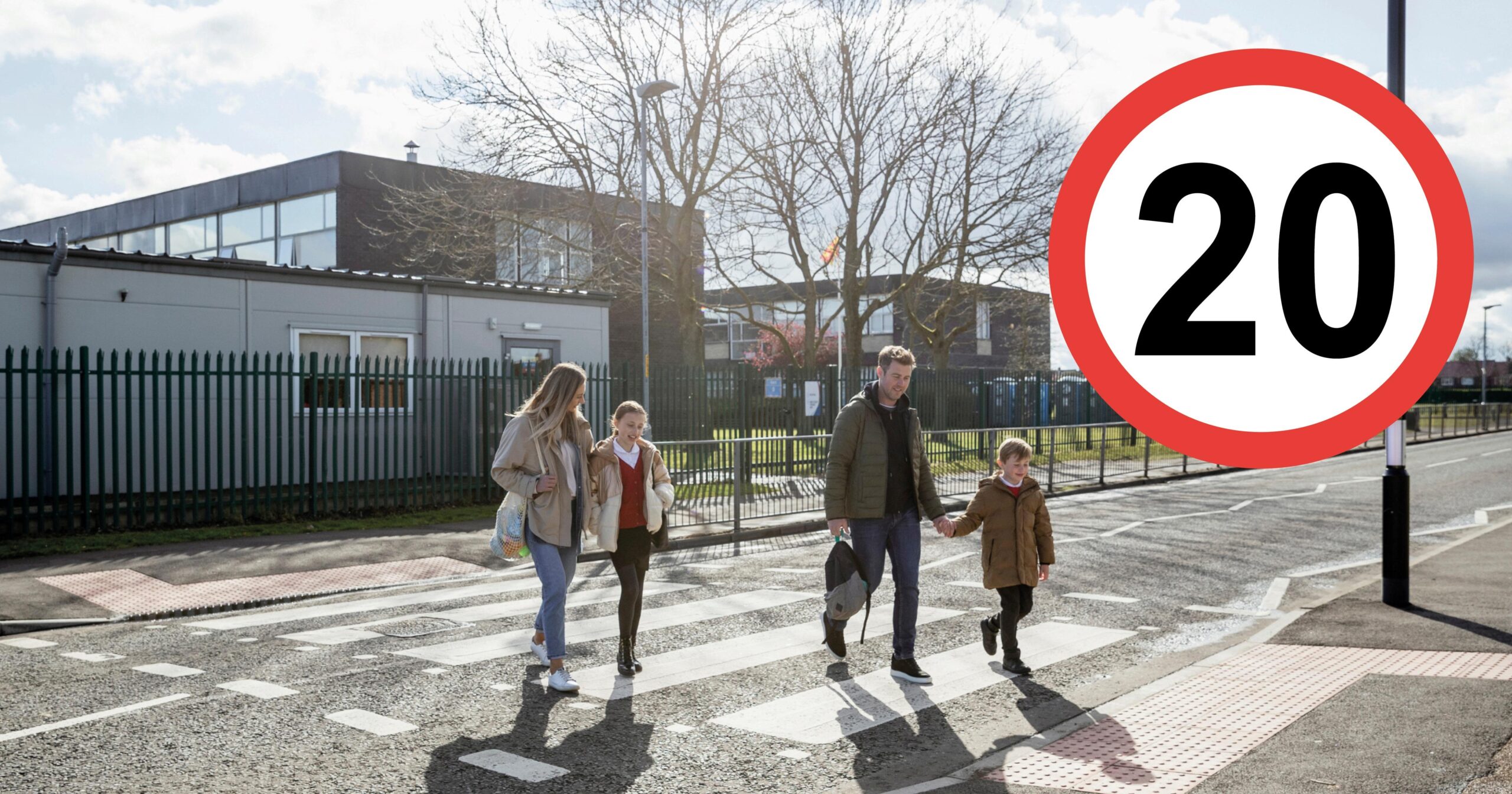

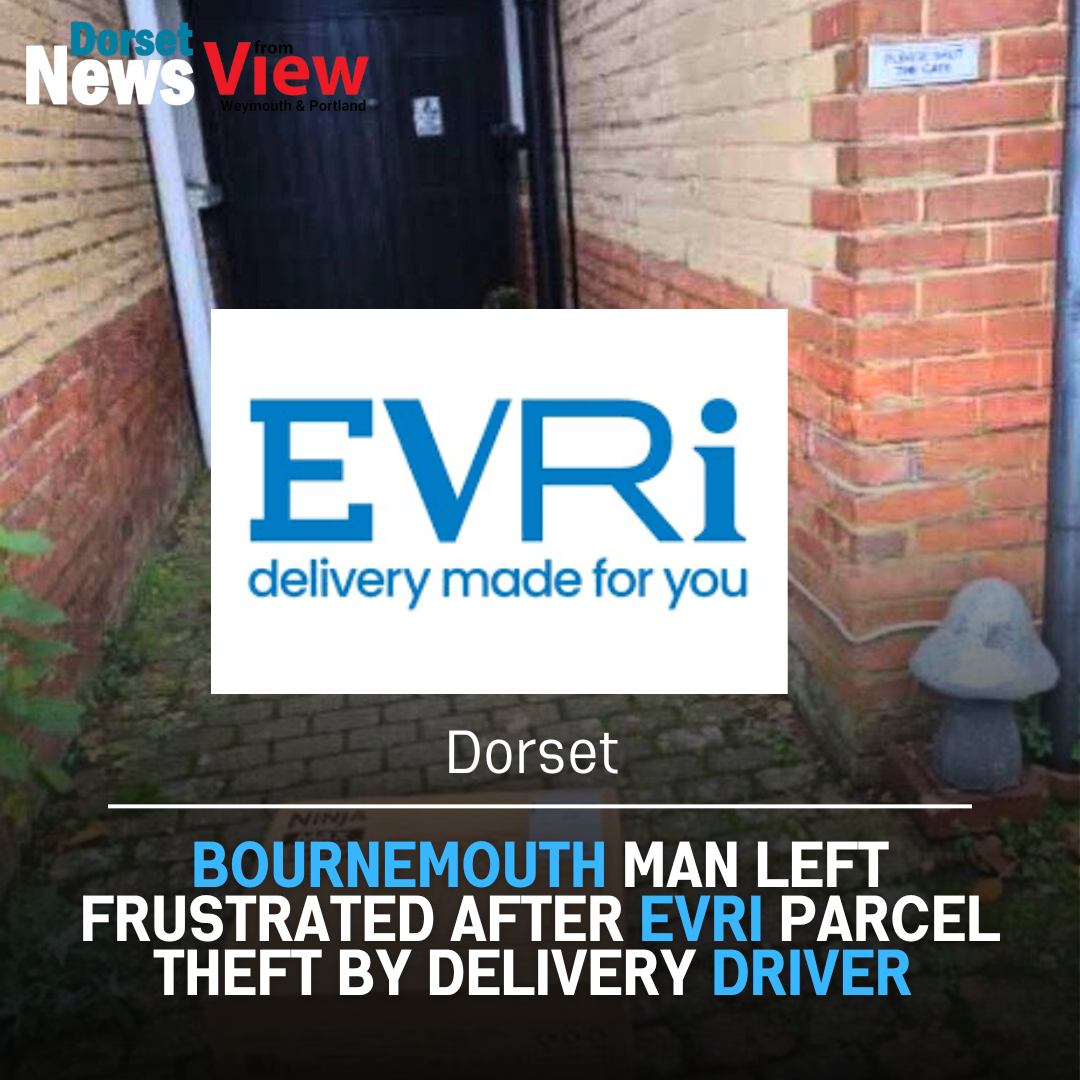

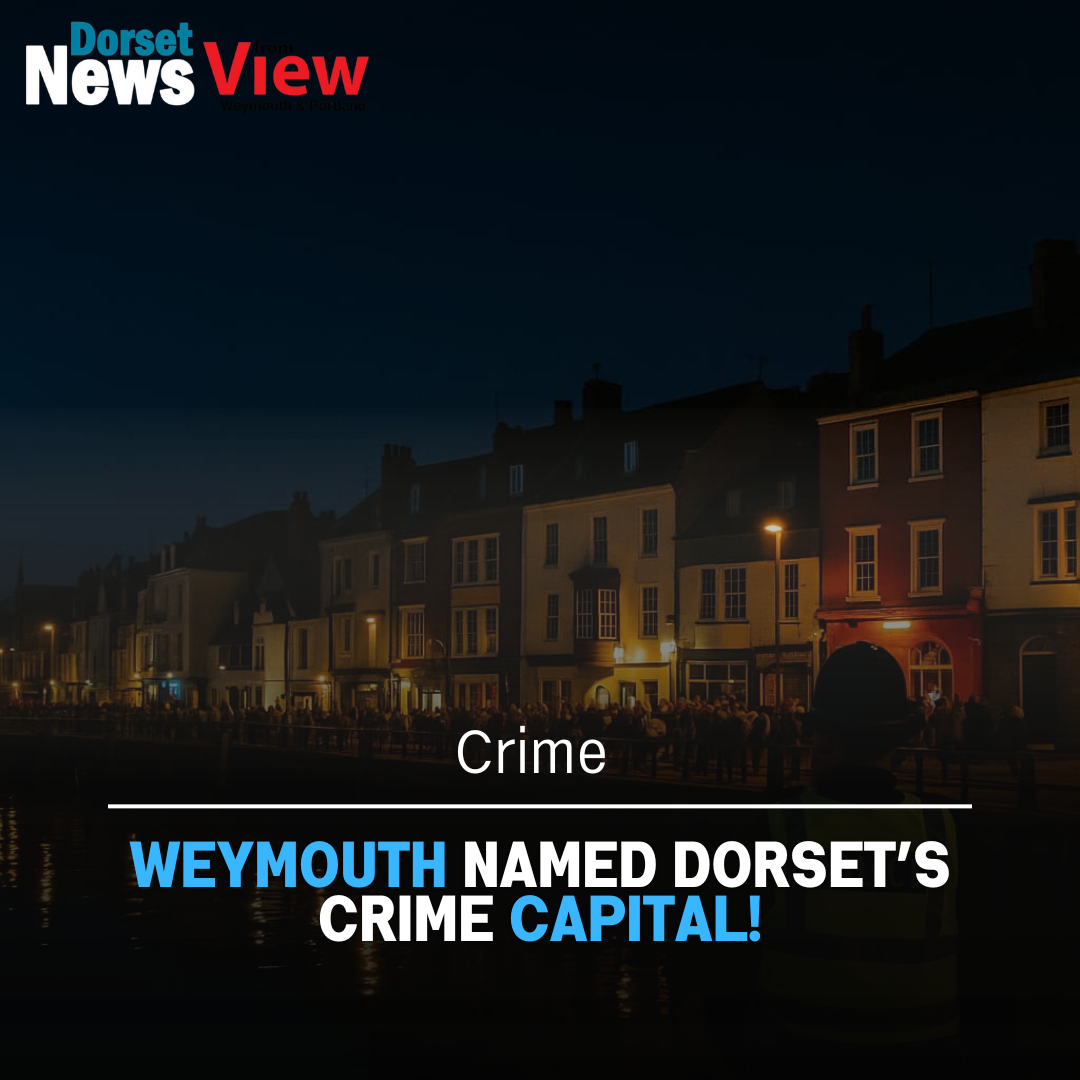
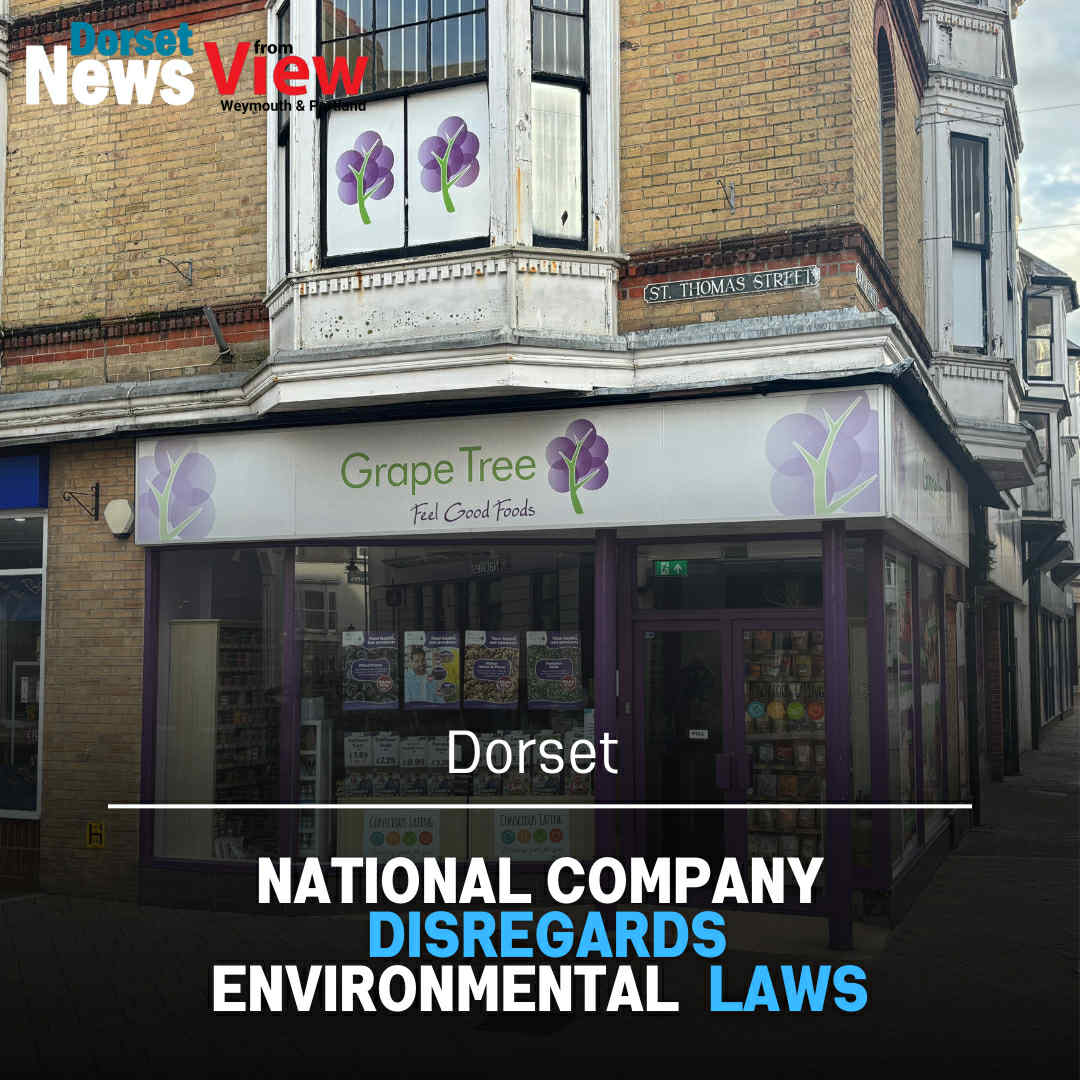




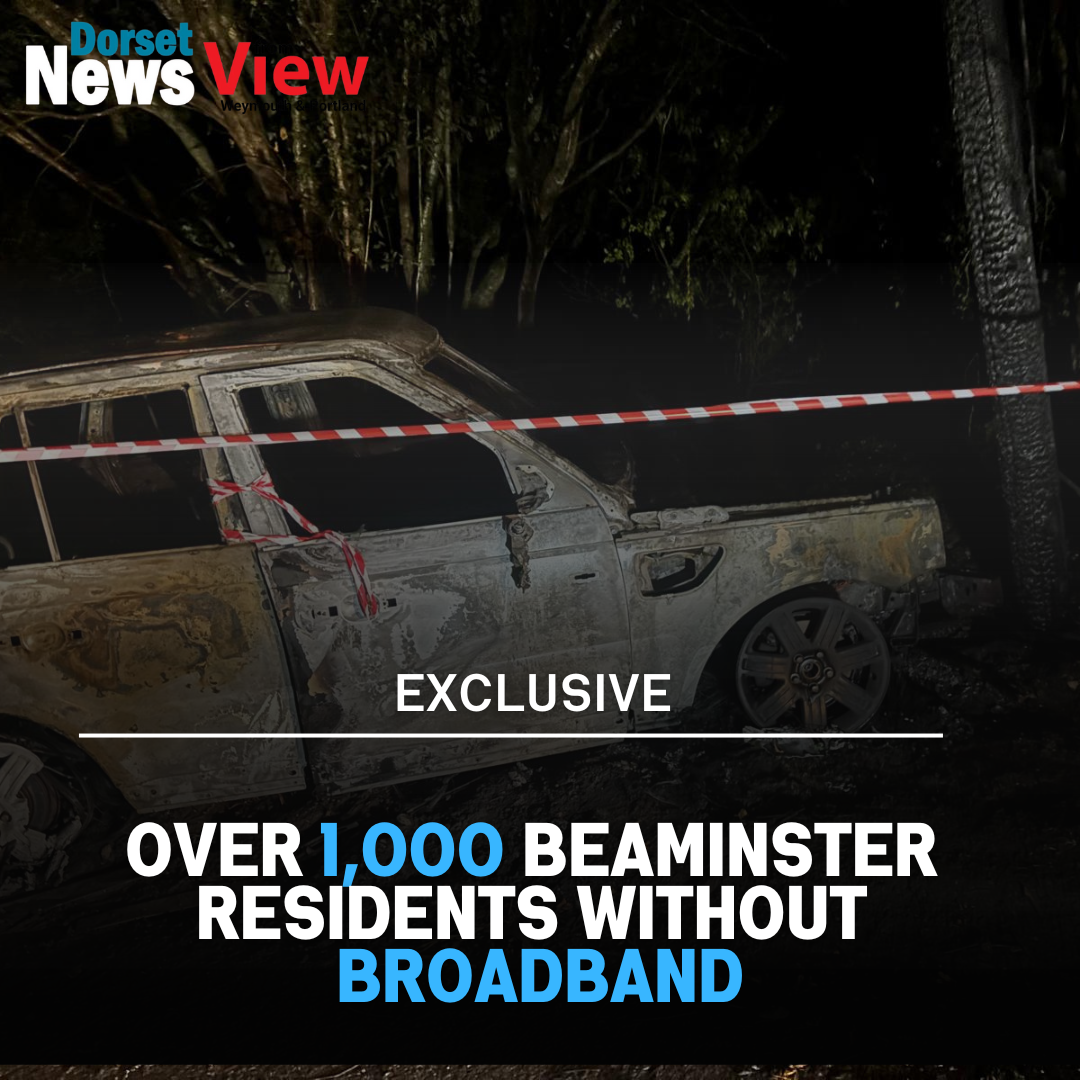


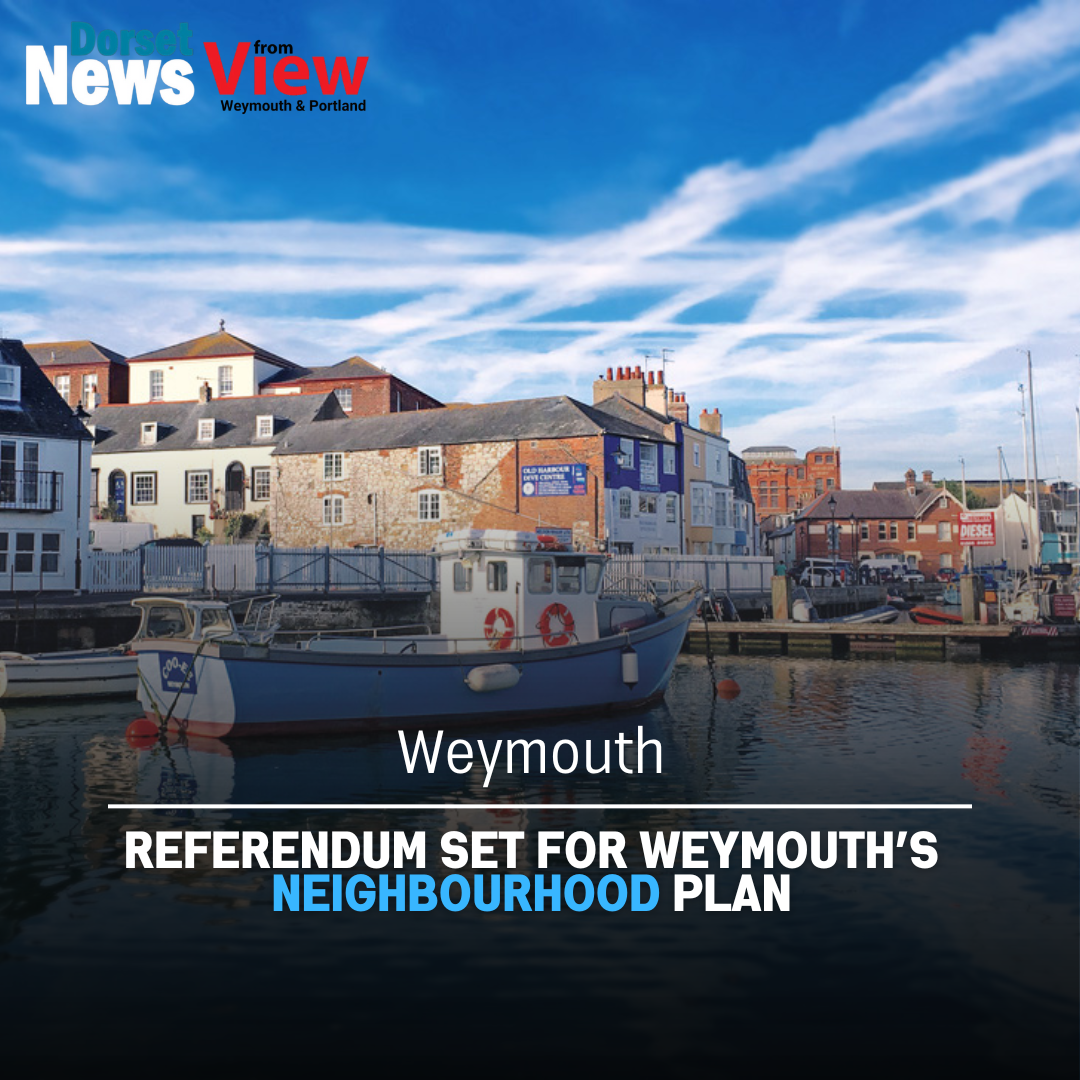
Leave a Reply